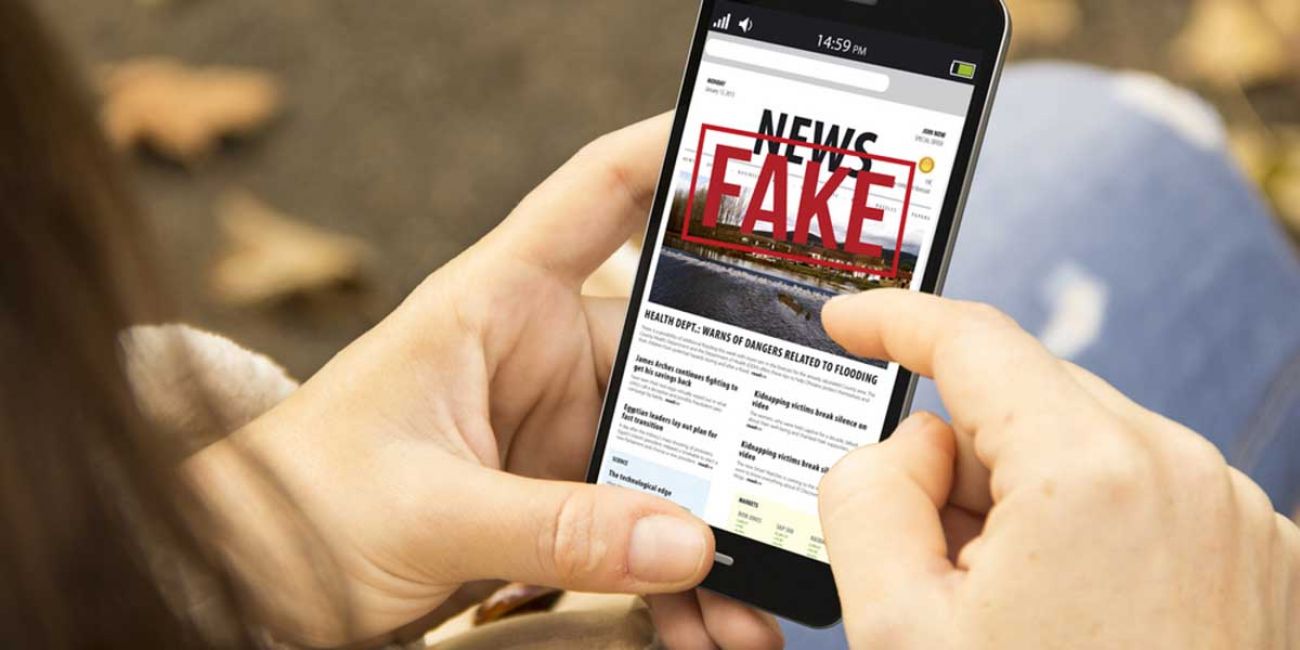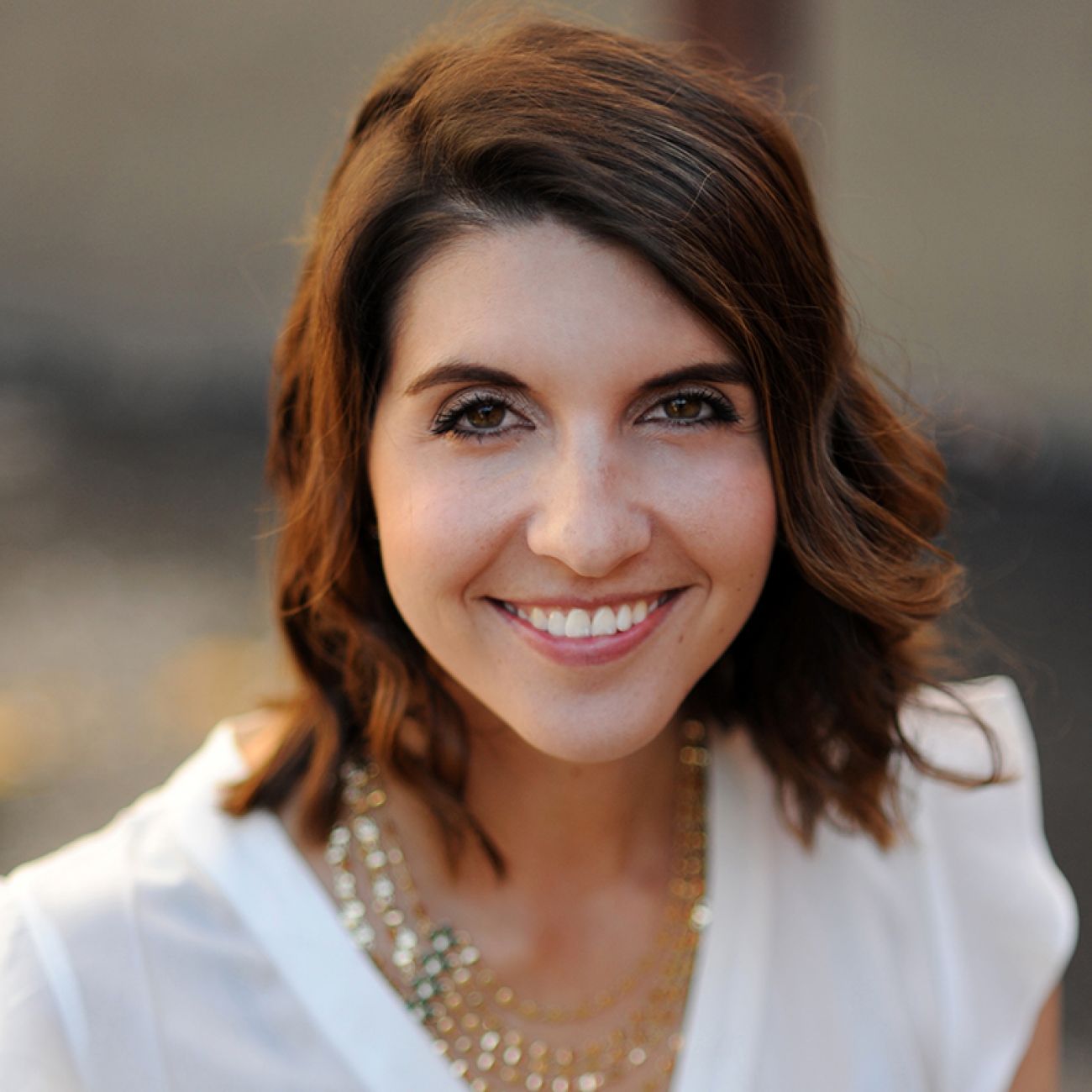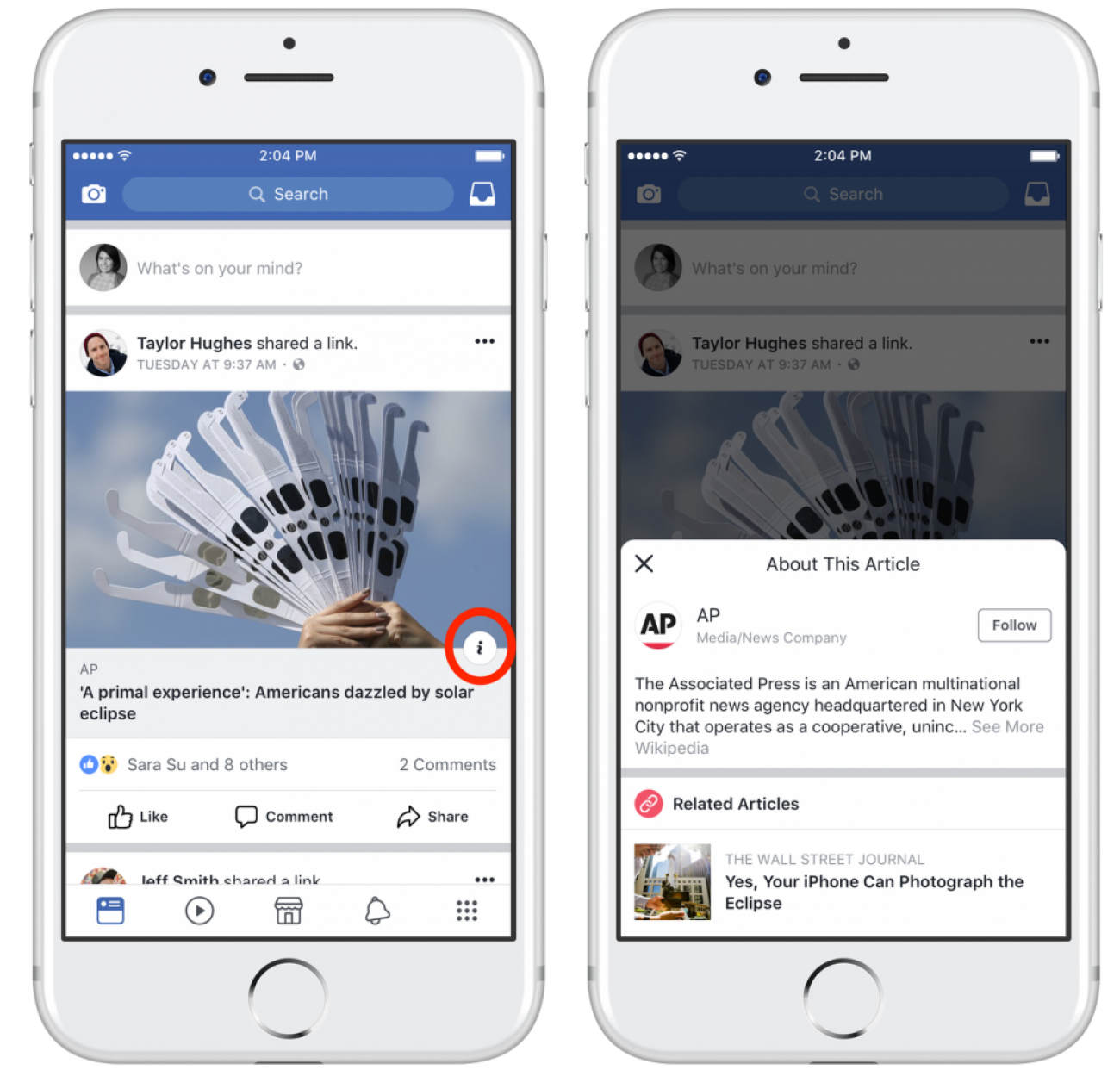Fixing fake news is on all of us


It’s been almost a year since Facebook and Google admitted they had a problem with fake news. It’s a problem that won’t go away and seems to rear its ugly head at the worst moments.
In the aftermath of the Las Vegas shooting, ABC News reported that Facebook’s “Crisis Response” for the shooting had featured a false article misidentifying the gunman and stating he was a “far left loon.” Google had similar problems. In its “Top Stories” results, Google promoted a story from the anonymous prankster site 4chan.
Both companies rushed to address the issues by tweaking their algorithms. But even several days afterward, a Las Vegas conspiracy video was the eighth result in a search for information on the shooting on YouTube.
So, what’s going wrong? The biggest problem ‒ if we can face it ‒ is us. These complex algorithms and automated services tend to emphasize posts that best engage an audience, which is exactly what fake news is designed to do. The more we take the bait, the more we’re served this type of content.
In early October, Facebook began rolling out a test of a new “i” button on News Feed links that opens an informational panel about the news source. The goal is to give users better tools to help them understand if an article is from a publisher they trust as a way to evaluate if the story itself is credible.

The onus is on us to understand the context and evaluate a source. Like so much in life, it’s easier to just believe ‒ and click on ‒ what fits our own worldview.
The focus is better directed toward finding solutions ‒ and it’s clear it won’t be a simple fix. The New York Times recently reported that schools in Italy are teaming up with Facebook and Google to teach 8,000 high school students how to spot fake news. That initiative was to begin at the end of October. Is education the key to breaking confirmation bias tendencies within each of us?
What can you do?
Bridge Magazine published a story on Michigan’s political bubbles and how a conservative and two liberals tried to burst their own personal news bubbles by swapping news feeds for a week. While it didn’t go well in their case, hundreds of readers responded, wanting to try the same exercise. The participants learned a lot.
You can participate, too. Sign up for tips on how to burst your own news bubble and identify which news outlets to follow for the swap.
Some tips from Facebook
While Facebook still insists it’s a platform rather than a media company, the company says it is trying to address the prevalence of fake news in newsfeeds, even as members of Congress express skepticism about its commitment to the effort. Facebook provides 10 tips for how to spot false news in its help center. Here are three of them, as written on the company's website:
- Be skeptical of headlines. False news stories often have catchy headlines in all caps with exclamation points. If shocking claims in the headline sound unbelievable, they probably are.
- Look closely at the URL. A phony or look-alike URL may be a warning sign of false news. Many false news sites mimic authentic news sources by making small changes to the URL. You can go to the site to compare the URL to established sources.
- Investigate the source. Ensure that the story is written by a source that you trust with a reputation for accuracy. If the story comes from an unfamiliar organization, check their “About” section to learn more.
You can learn more about the work the company says it is doing to stop the spread of false news here.
If you see a story in News Feed that you believe is false, you can report it to Facebook by clicking the three dots next to the post and following the prompts.
See what new members are saying about why they donated to Bridge Michigan:
- “In order for this information to be accurate and unbiased it must be underwritten by its readers, not by special interests.” - Larry S.
- “Not many other media sources report on the topics Bridge does.” - Susan B.
- “Your journalism is outstanding and rare these days.” - Mark S.
If you want to ensure the future of nonpartisan, nonprofit Michigan journalism, please become a member today. You, too, will be asked why you donated and maybe we'll feature your quote next time!

